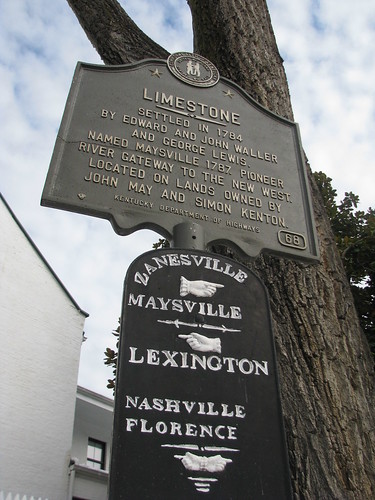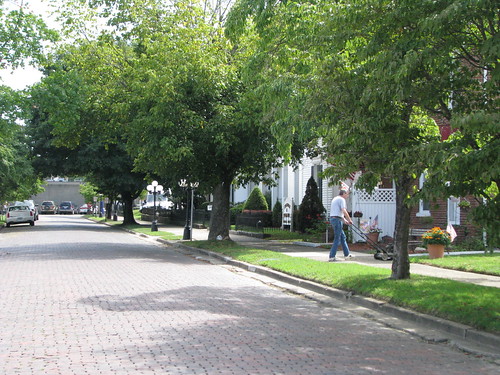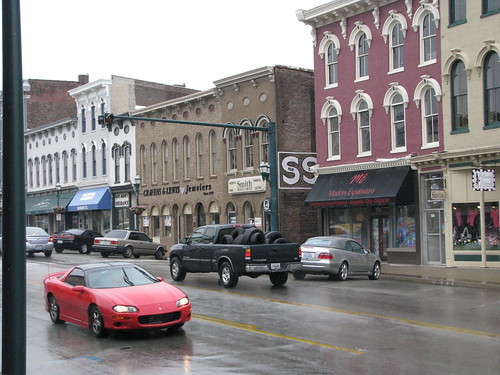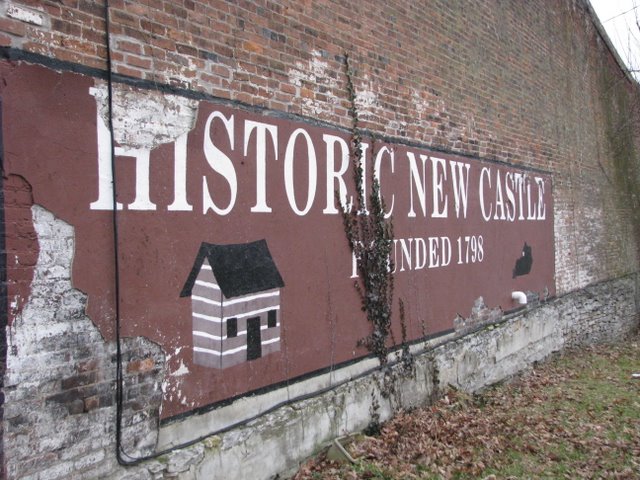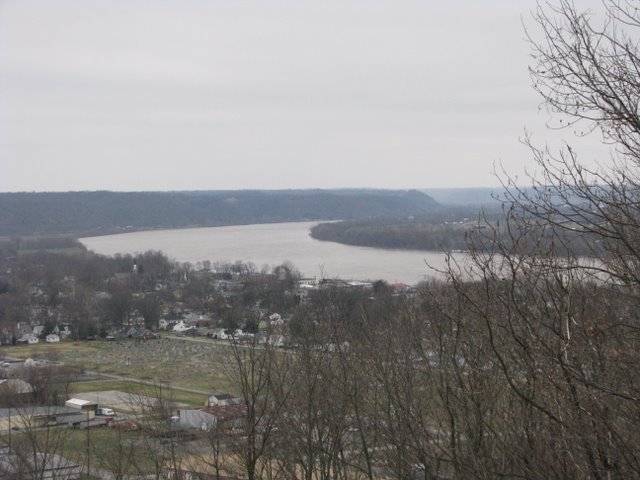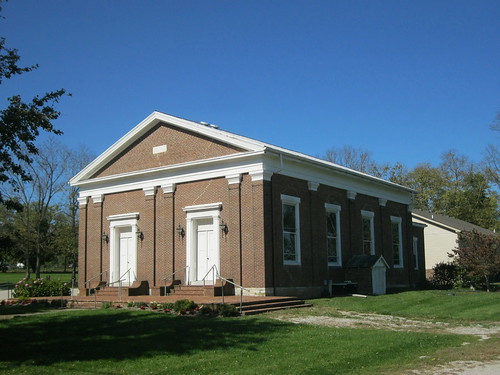 |
| Newtown Christian Church – Georgetown, Ky. |
When visitors (or my wife) get lost in Lexington, I am also befuddled. Lexington is designed as a wheel with spokes. Each of these spokes points to the downtown core passing New Circle Road along its way.
To make matters simpler, each of these roads is named after the next city along the way. Nicholasville Road. Harrodsburg Road. Paris Pike. Winchester Road. Richmond Road. Though some of the towns for which they spoke roads are named are not so obvious unless you are a local cartographer or history buff.
In fact, it was not until recently that I learned the origin of Newtown Pike. Yes, a drive down Kentucky 922 will take you through a beautiful, historic part of Fayette County before crossing into Scott County and depositing you at a junction with US 460. There the little hamlet of Newtown awaits with the same baited breath that it held over one hundred years ago. Which is another way of saying that Newtown has not changed much since it was first settled, which is believed to be in the 1780s. That’s right. There isn’t much “new” about Newtown.
The most impressive structure, the Newtown Christian Church (Disciples of Christ) is pictured above. The congregation dates to 1856 and was organized by Elder John Gano; the brick sanctuary was completed in 1857. Newtown also was the home to both Methodist and Presbyterian congregations according to town’s best authority: a history completed in 1882.
Today, the church is in fair condition. Several houses are nearby and an abandoned store is across the Paris Pike (US 460). A short distance toward Georgetown is a well-kept general store to which I hope to return.
But this is the end of the spoke that is Newtown Pike – a completed tale in the wheel of Lexington.
But, to disclose, I do have great sympathy for those visiting Lexington, as well as my wife. No town should have a St. Ann Street that becomes Fontaine that becomes Euclid that becomes Avenue of Champions before becoming Winslow. Yes, Lexington is a confusing mess of roads. But the wheel and spoke design is easy to understand if you just try.

